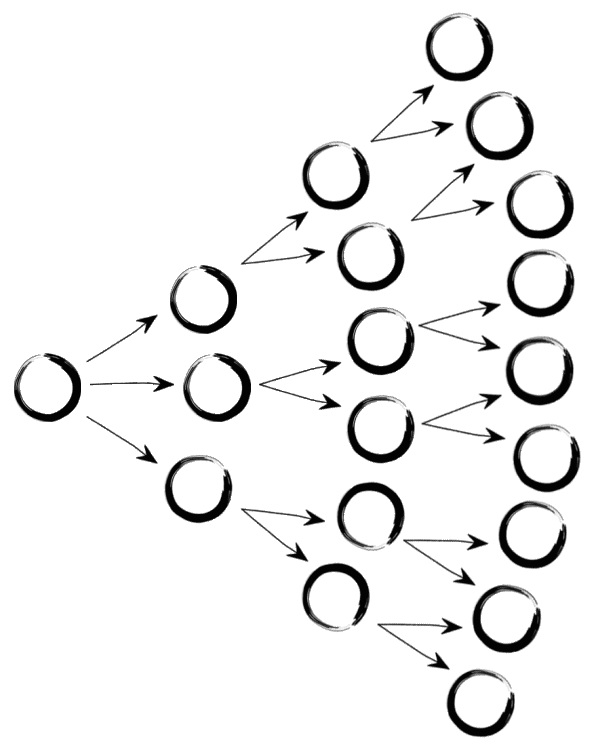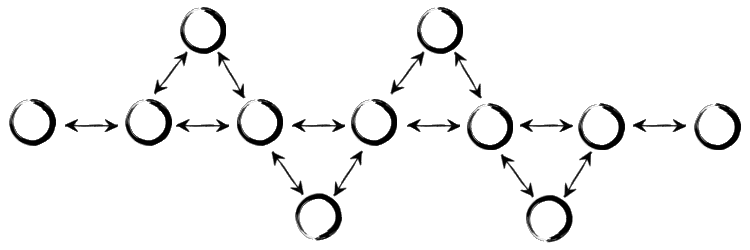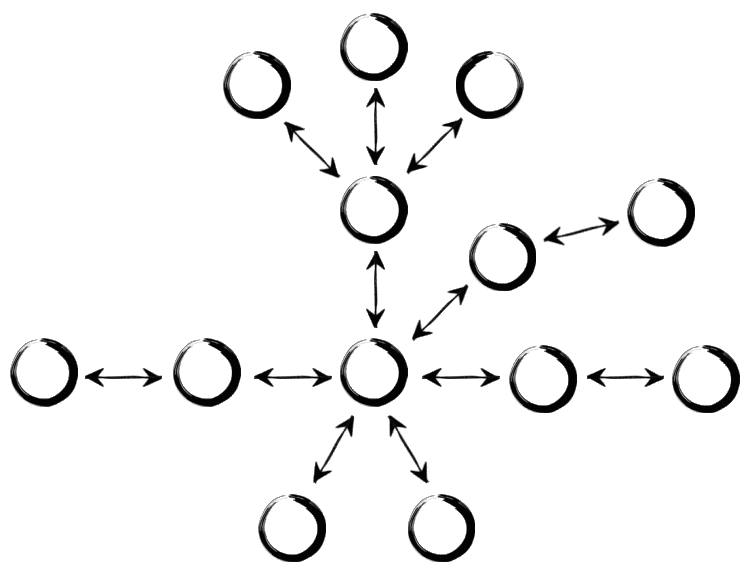In the last post, I gave an overview about the technical aspects of Augmented Reality Storytelling and the three main components of it. In this post, I want to focus more on the story. I want to give an insight into Interactive Storytelling, which can be used with Augmented Reality to create an immersive experience for the user.
Interactive Storytelling
Interactive Stories are stories that can and need to be influenced by the user. Throughout the story, the user needs to make decisions in order to continue. These decisions influence the further course of the story. The user is no longer a passive observer of a linear story, but can be an active part of it.
A interactive story is usually divided in different parts. At the end of a storyline, the user is asked to make a decision, based on different options, which are provided. After making the decision, the user is forwarded to another storyline.
The term is sometimes used synonymously for digital and transmedia storytelling (storytelling through the use of digital media), but this is not always the case. Interactive Storytelling can also be applied in, for example, books. At some point of the story, the reader has to make a decision and has several different choices to choose from. Depending on what decision he/she makes, he/she has to scroll to a certain page where the story continues.
Use of Interactive Storytelling
Interactive Storytelling often finds its usage in marketing. There are several campagnas, which make use of Interactive Storytelling to promote their products. But Interactive Storytelling can also be used to disseminate social and difficult to communicate topics. An example of that is a campaign from “Wiener Linien”, where they created an interactive campaign to educate about civil courage. Another example if from the “International Red Cross”, which made a spot to generate and show awareness of work in crisis areas.
Common Structures
There are several different options to structure an interactive story. These are some of the most common structures:

Branching Narrative
A relatively classic narrative structure in which viewers can make more and more far-reaching decisions about the course of action. The narrative branches into different endings depending on the choices you make. Depending on how many branches the narrative contains, this type of structure can get very complex very quickly.

Fishbone Narrative
This is a traditional linear structure that allows viewers to explore the sub-stories of their story, but keep bringing them back to the main theme of their story. This structure still gives a lot of control over the route viewers take through your project.

Parallel Narrative
With this structure, on the one hand, viewers are offered choices in the story, and on the other hand, they are repeatedly returned to the main theme of the narrative for decisive moments.

Threaded Narrative
The perfect structure to tell a story from multiple angles. Topics can be linked to one another or remain completely separate. Rather, the story consists of a number of different themes that develop largely independently of one another.

Concentric Narrative
In this structure, there are different storylines, which orbits around a shared central point The viewers are provided with different entry points, where they get to choose one. No matter which entry point the viewer choose, in the end they will always return to the core area.
References
- Herbst, D.: Storytelling
- Markouzis D.; Fesakis, G.: Interactive Storytelling and Mobile Augmented Reality Applications for Learning and Entertainment – A rapid prototyping perspective
- Adlmaier-Herbst, D. G.; Musiolik, T. H.: Digital Storytelling als intensives Erlebnis –
Wie digitale Medien erlebnisreiche Geschichten in der Unternehmenskommunikation
ermöglichen - https://directorsnotes.com/2016/08/08/interactive-documentary-guide/
- https://dialogplus.at/2019/12/29/interactive-storytelling-neue-wege-in-der-kommunikation/
